We couldn’t survive without proteins. They’re essential molecules that provide cells with structure, aid in chemical reactions, support communication, and much more. Portion out protein numbers with us below!
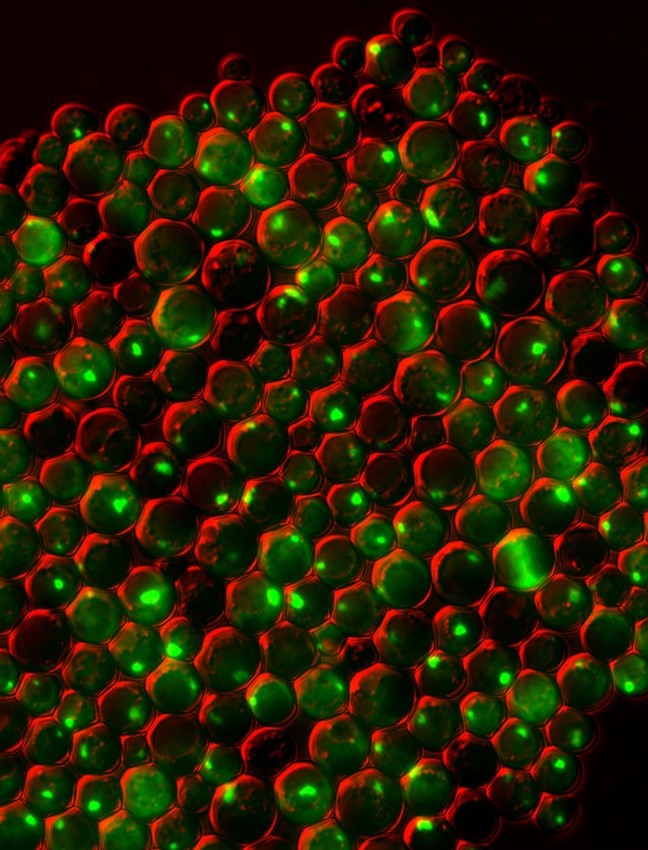
10 Trillion
That’s how many proteins scientists estimate are in each human cell.
229,378
That’s how many structures researchers shared with the scientific community through the Protein Data Bank (PDB) from its establishment in 1971 to the end of 2024. The PDB is a global repository for 3D structural data of proteins, DNA, RNA, and even complexes these biological molecules form with medicines or other small molecules.
42
That’s the percent of your body weight (not counting water) that’s made up of proteins.
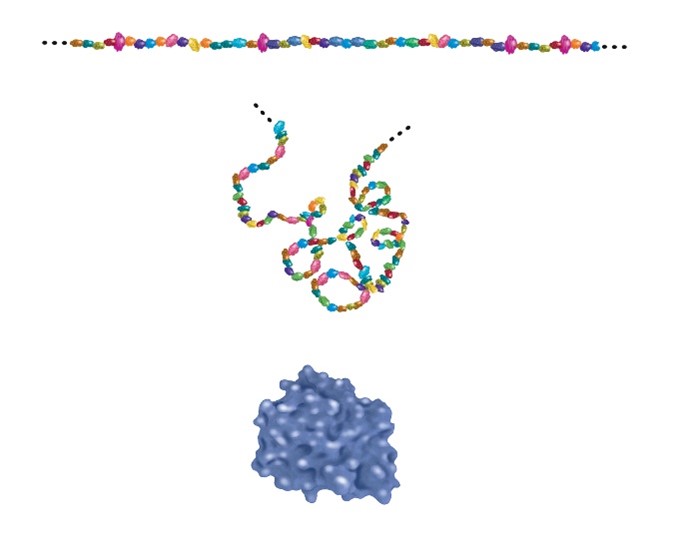
4
That’s the number of different levels of protein structure:
- Primary, the order of the amino acids in the chain
- Secondary, the way those amino acids interact with one another either as helices or pleated sheets
- Tertiary, the way that chain of amino acids folds to take on a 3D shape
- Quaternary, interactions between multiple proteins
50
That’s, on average, how many nucleotides a human RNA polymerase, a type of protein, condenses into a messenger RNA (mRNA) molecule each second. That means an average gene takes about 10 minutes to transcribe from DNA to RNA.
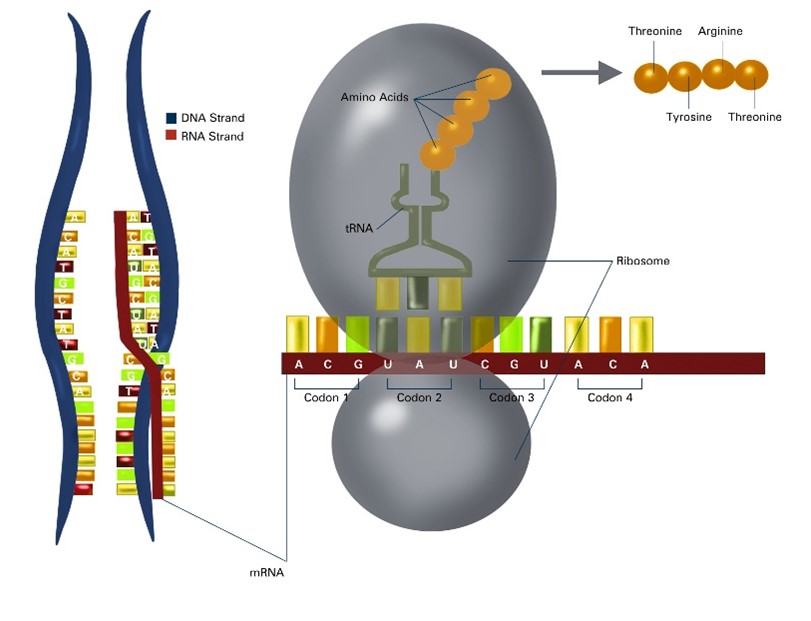
10
That’s about how many amino acids a human ribosome adds into a growing protein every second. This process is called translation.
1
That’s how many minutes it takes for a ribosome to make an average-sized protein. But multiple ribosomes can read the same mRNA molecule at the same time. They space out along the mRNA chain every 100-200 nucleotides for simultaneous translating, each functioning independently to produce its own chain of amino acids.
140
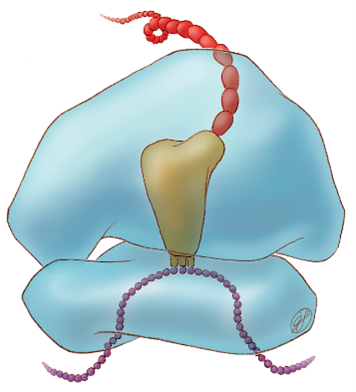
That’s the average number of proteins that ribosomes can make from a single mRNA molecule per hour.
22
That’s how many amino acids researchers have found to be encoded in genes. You may be familiar with 20 of them, but the last two are fairly new to the lineup: selenocysteine (a cysteine with a selenium atom instead of a sulfur atom) and pyrrolysine (a derivative of lysine that’s currently only been found in some types of bacteria and archaea, not in humans). But if we count all the different types of amino acids found in proteins, the number is over 400! That’s because proteins get modified after translation with different chemical groups, like the addition of methyl or ubiquitin groups. These post-translational modifications play a role in regulating protein activity by affecting their structure and function.
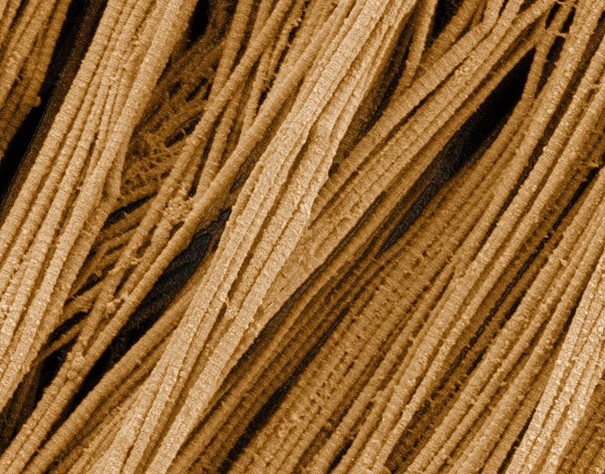
30
That’s the percentage of all proteins in your body that are collagen. As the main building block for your skin, muscles, bones, and connective tissues, it’s the most common protein in your body.
60
That’s how many microns per second myosin—the protein in your muscles—can move. A micron is one millionth of a meter, so while 60 per second may not seem very fast, don’t forget we’re talking about tiny proteins. To be as fast as myosin, relatively speaking, an average adult human would need to run at a speed of about 1,300 miles—the distance from Washington, D.C., to Dallas, Texas—per hour!
153
That’s the number of amino acids in myoglobin—the first protein structure researchers ever deciphered. When they solved how the amino acids fit together in 1958, it revealed how protein chains fold and interact with one another. Knowing the structure of myoglobin helped researchers understand how it stores oxygen in muscle cells. This structure, and several other oxygen-carrying protein structures, were some of the first in the PDB.
34,000
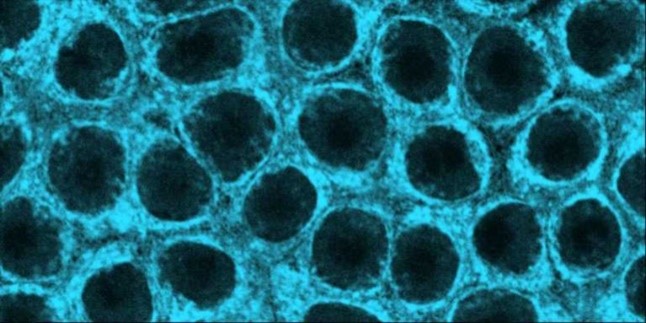
That’s the number of amino acids in titin, one of the largest proteins in your body. Titin acts like a giant rubber band to give muscles their elasticity.
For more details on the synthesis and function of proteins, check out our post “Science Snippet: The Power of Proteins,” and if you liked this post, catch our other “By the Numbers” posts!
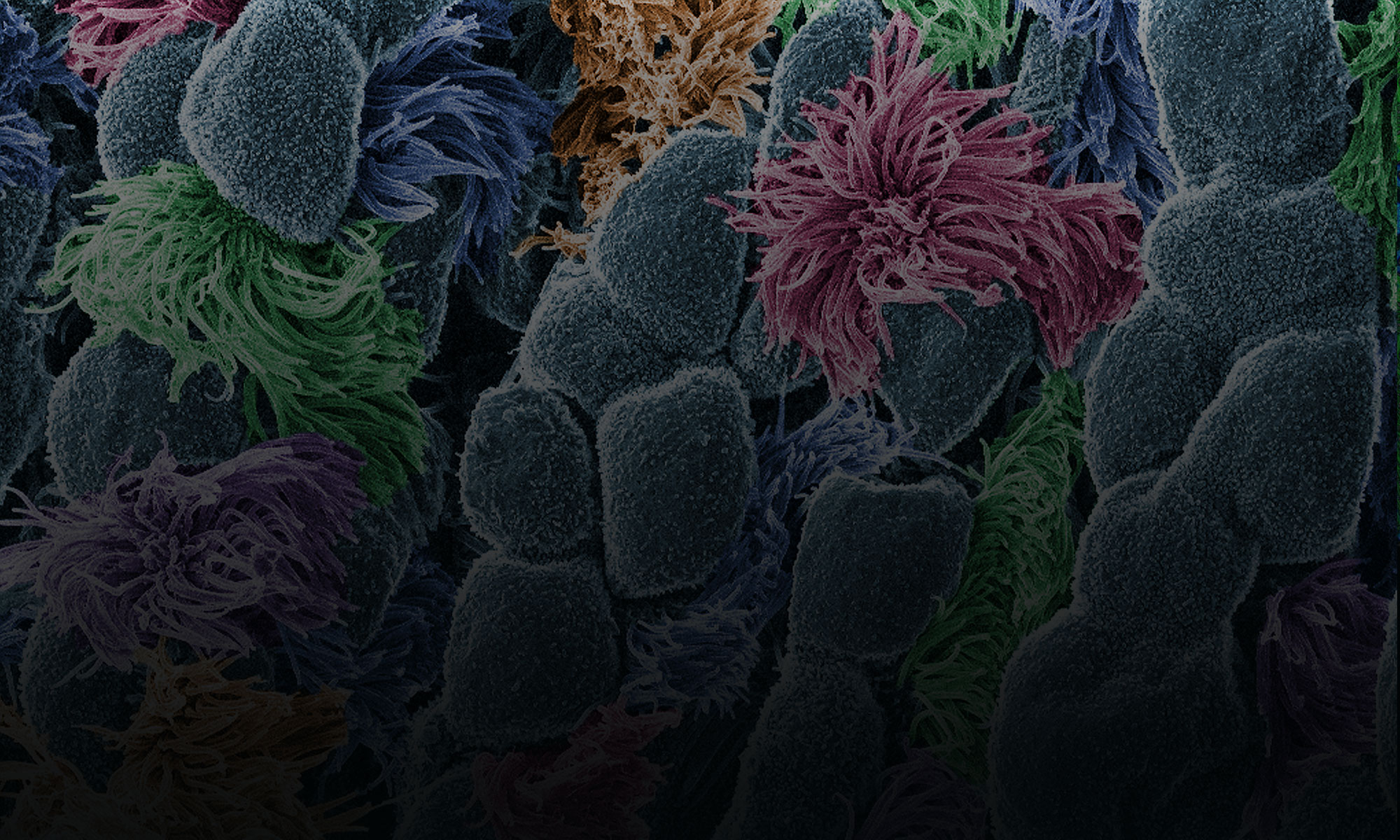

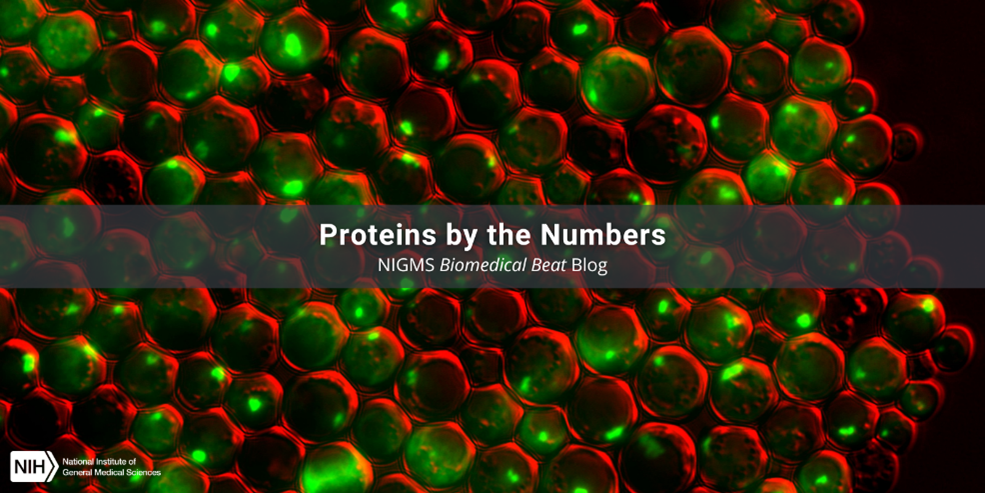
I thoroughly enjoyed reading the “Proteins by the Numbers” article on the Biomedical Beat Blog. The presentation of complex protein data through engaging statistics and clear explanations made the content both informative and accessible. The visual aids complemented the narrative perfectly, enhancing my understanding of proteins’ vital roles in our bodies. This piece exemplifies how science communication can be both educational and captivating. Kudos to the team for delivering such high-quality content!